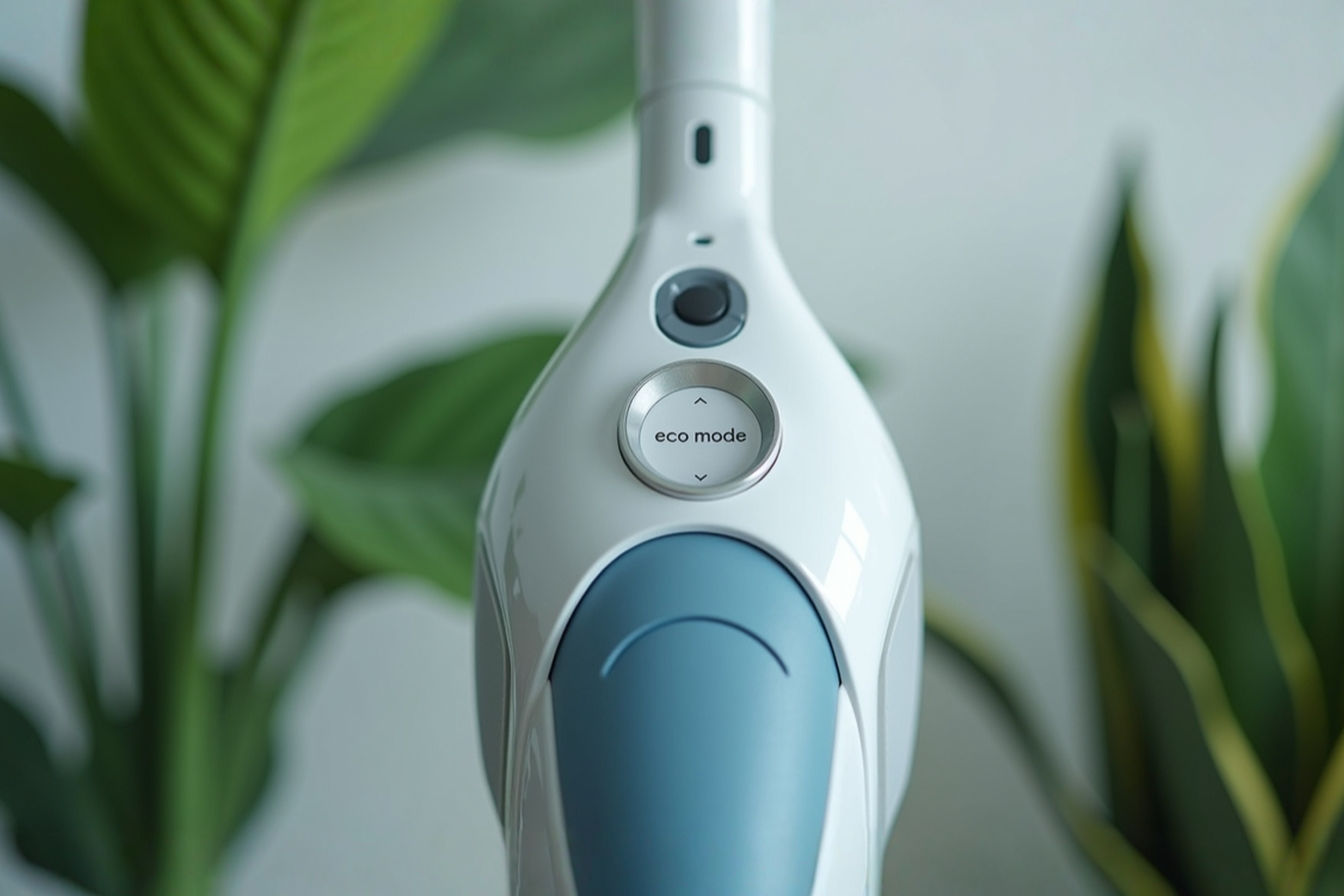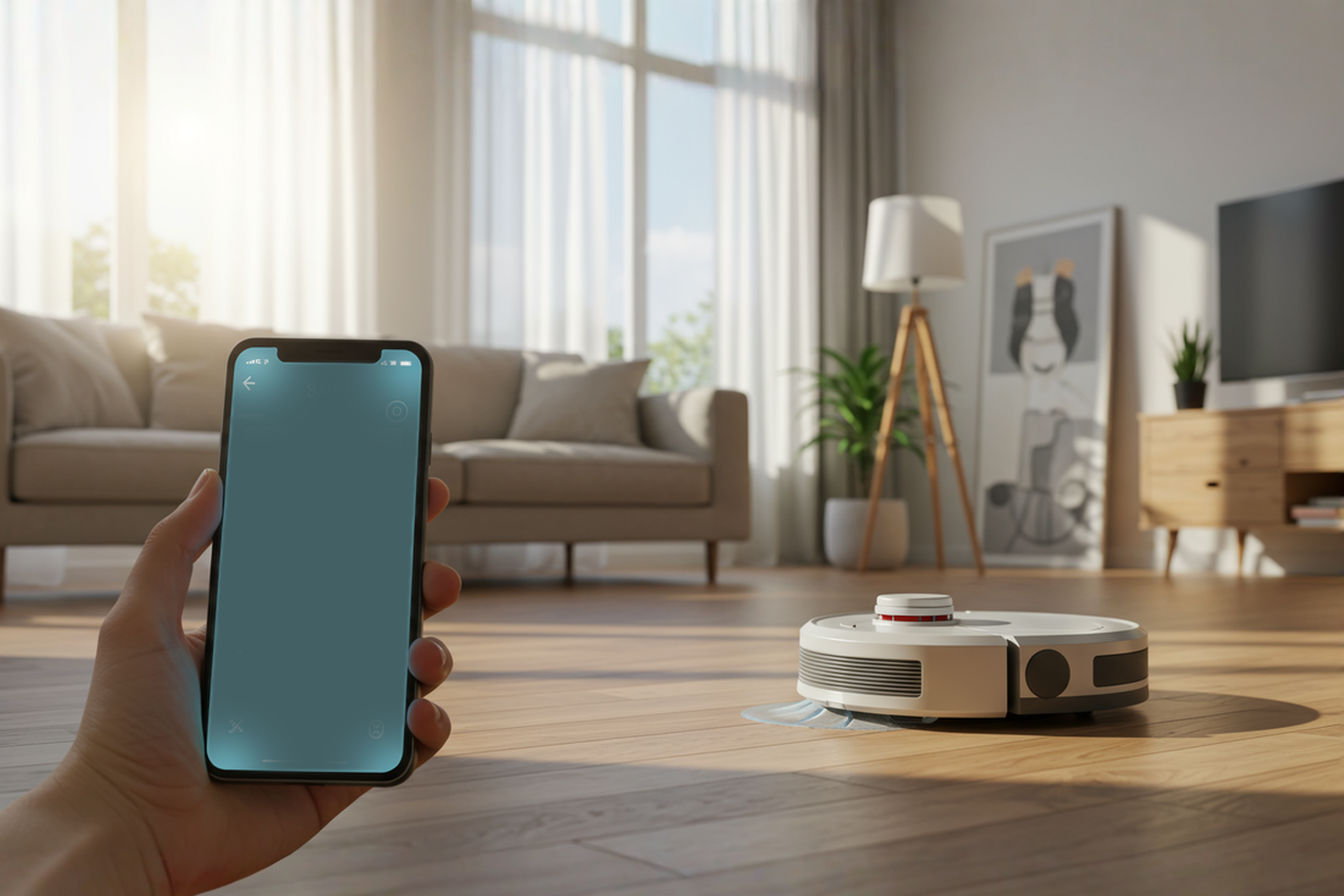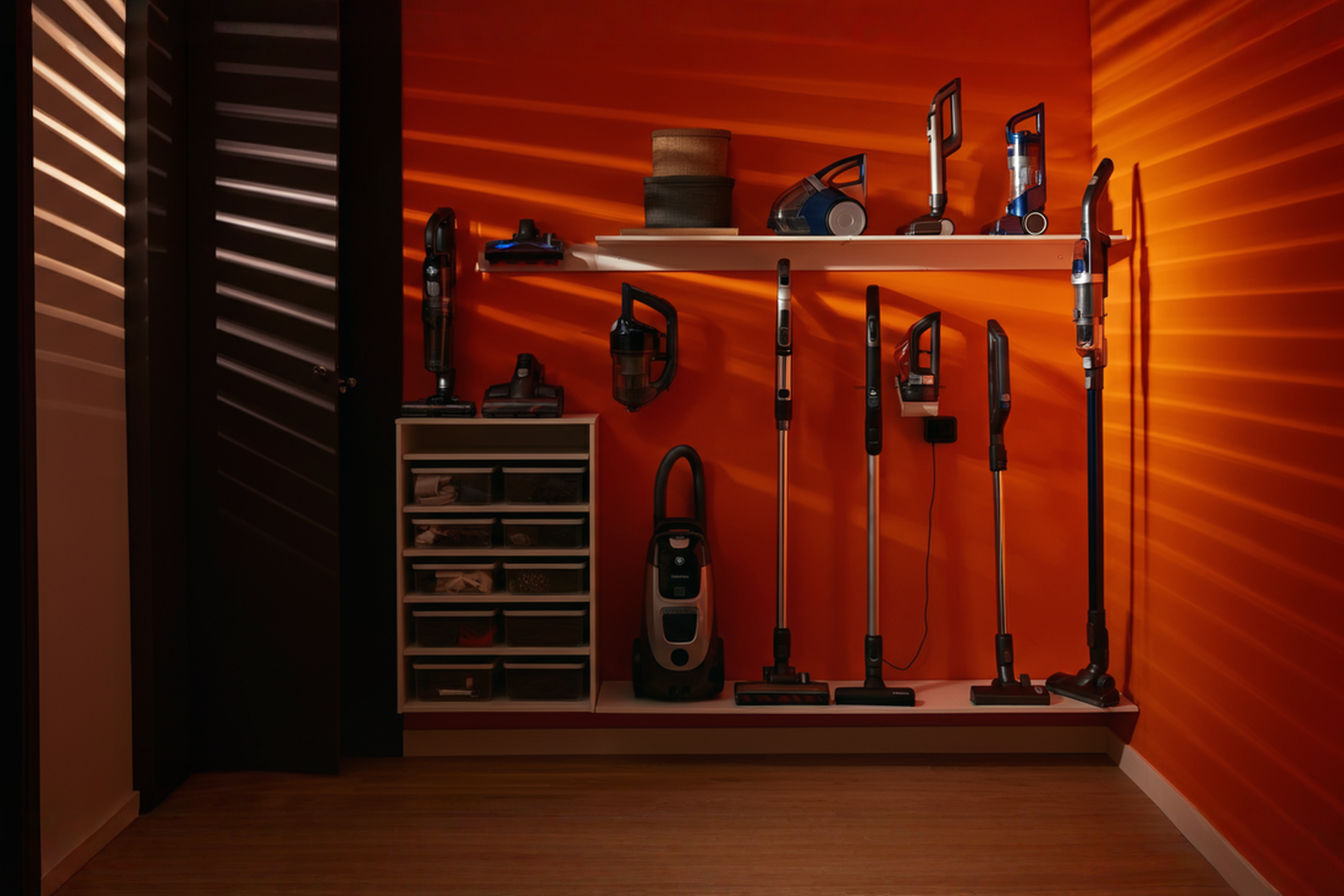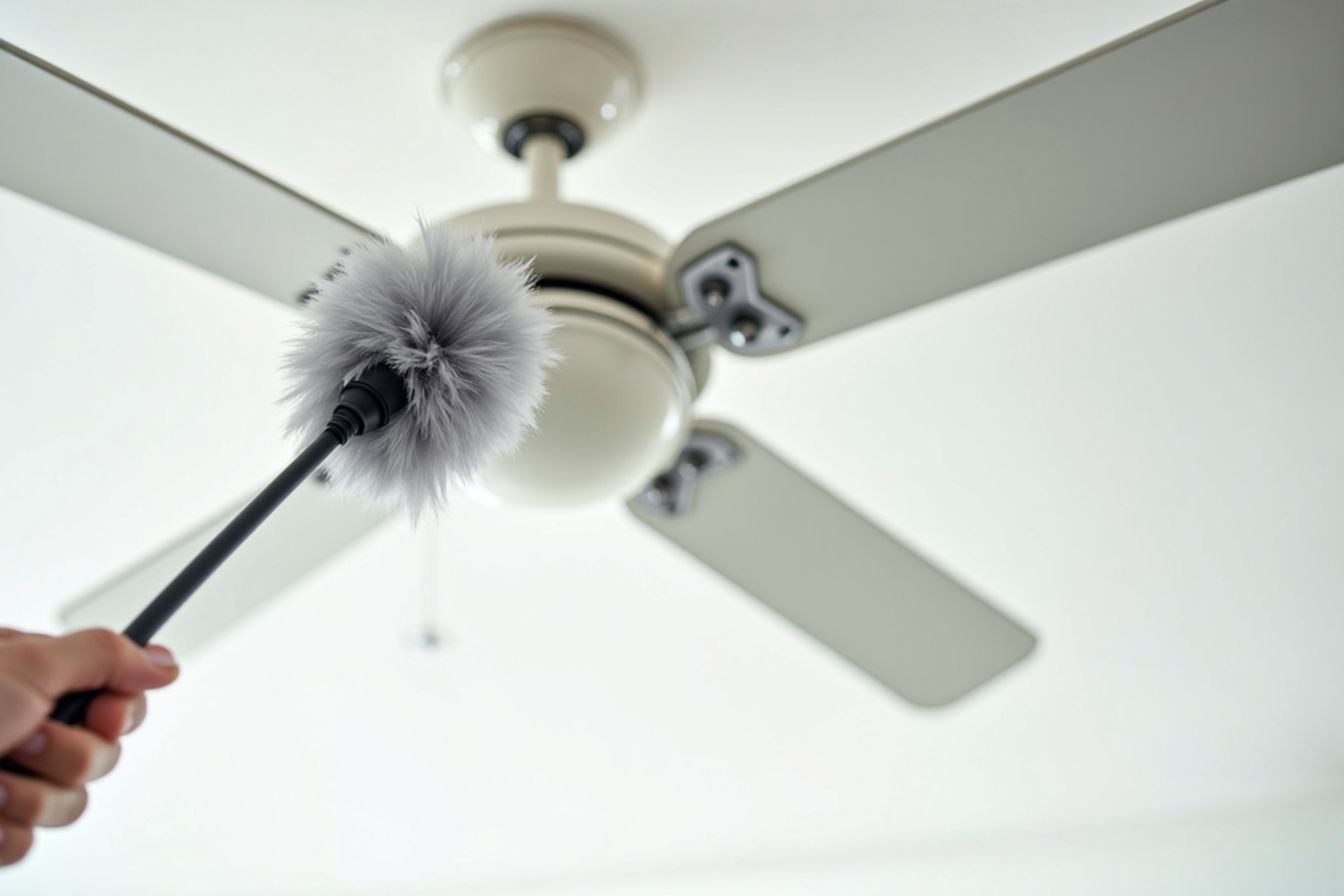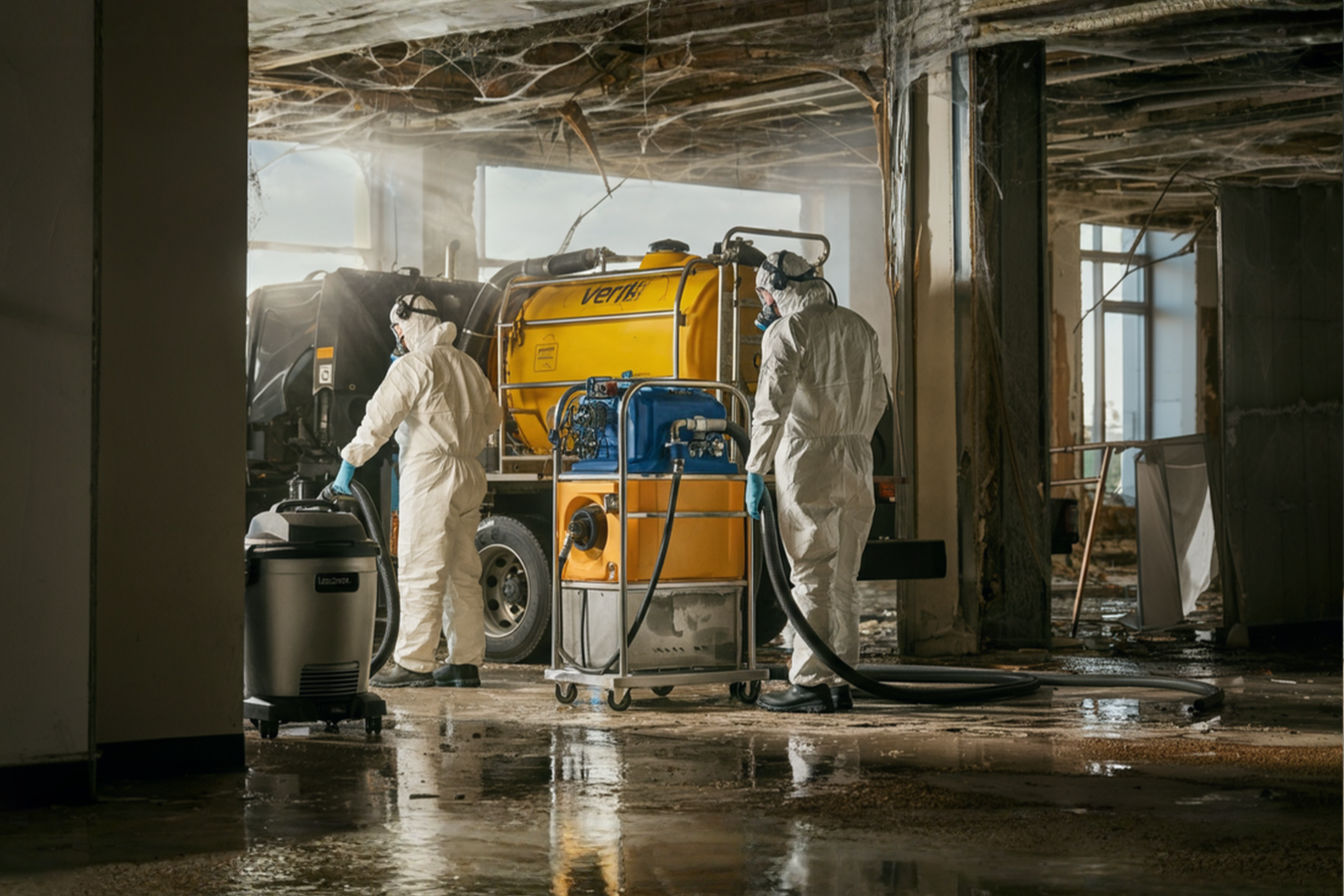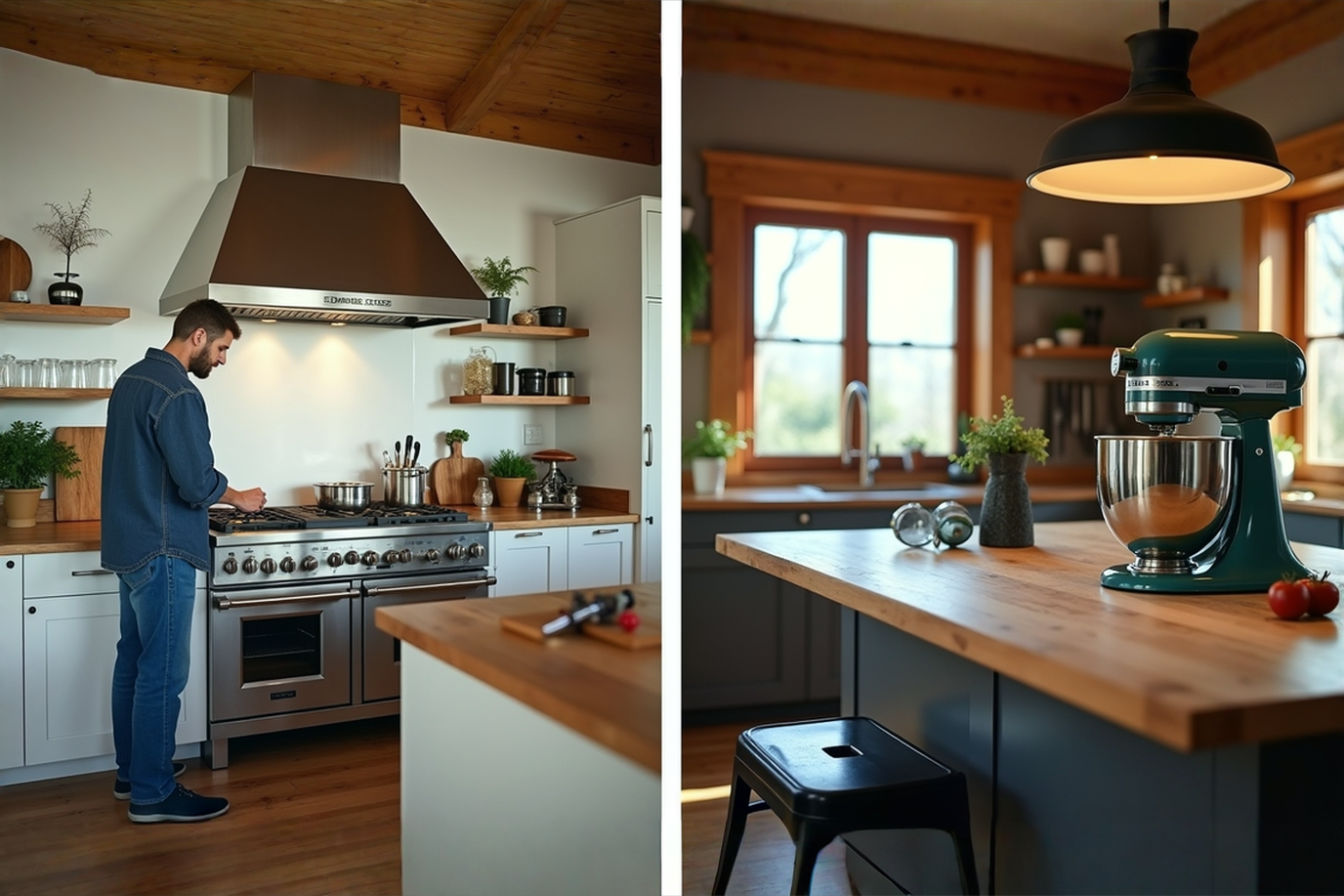Energy Usage Optimization: Techniques to Reduce Your Vacuum Cleaner’s Power Consumption
Learn how proper maintenance, smart techniques, and strategic usage can slash your vacuum cleaner’s power consumption by up to 50% while still achieving spotless cleaning results.
This post may contain affiliate links. If you make a purchase through these links, we may earn a commission at no additional cost to you.
In the quest for a clean home, your vacuum cleaner stands as a faithful ally—but this convenience comes with an often-overlooked energy cost. The typical household vacuum cleaner might seem insignificant in your overall energy budget, yet its cumulative power consumption can substantially impact both your electricity bills and environmental footprint over time. Optimizing your vacuum’s energy usage not only reduces utility costs but also extends the appliance’s lifespan and contributes to a more sustainable lifestyle.
This comprehensive guide explores practical techniques to minimize your vacuum cleaner’s energy consumption without compromising cleaning effectiveness. From maintenance practices and operational techniques to smart feature utilization and model selection, we’ll cover every aspect of vacuum energy optimization. By implementing these strategies, you’ll transform your cleaning routine into an energy-efficient process that maintains pristine living spaces while keeping power usage—and costs—to a minimum.
Understanding Vacuum Cleaner Energy Consumption
Before diving into optimization techniques, it’s essential to grasp how vacuum cleaners consume electricity and what this means for your energy bills. The power consumption of a vacuum cleaner is typically measured in watts, with most standard models ranging from 500 to 3000 watts. This power rating indicates how much electricity the appliance draws during operation.
Your vacuum’s actual energy usage depends on several factors beyond its wattage rating. These include the type of vacuum, how frequently you use it, the duration of each cleaning session, and the efficiency of the motor and suction system. A traditional upright vacuum might consume between 500-1200 watts, while canister models typically range from 900-2000 watts. Modern energy-efficient designs often operate at lower wattages (700-900) without sacrificing cleaning performance.
The relationship between power and cleaning effectiveness isn’t always linear. Many consumers mistakenly believe that higher wattage automatically translates to better cleaning. In reality, vacuum efficiency comes from the interplay between motor design, airflow engineering, and filtration systems rather than raw power alone. A well-designed 900-watt vacuum can often outperform an inefficient 1500-watt model.
For perspective, operating a 1500-watt vacuum for one hour equates to the energy needed to run a modern LED television for approximately 15 hours. Over a year of regular use, your vacuum might contribute $30-$60 to your electricity bill—a modest yet meaningful amount that can be optimized through thoughtful usage and maintenance.
Pre-Vacuuming Techniques to Reduce Energy Usage
The energy efficiency of your vacuum cleaning begins before you even power on the device. Proper preparation of your living space can significantly reduce the time and energy needed for effective cleaning.
Decluttering serves as the cornerstone of energy-efficient vacuuming. Removing items from floors and surfaces eliminates obstacles that force your vacuum to work harder or require multiple passes. This simple step reduces cleaning time by an estimated 30%, directly translating to energy savings. Pick up toys, clothing, and small objects before vacuuming rather than navigating around them or using extra power to suction around barriers.
Strategic room planning enhances vacuuming efficiency. Start cleaning from the furthest point from the door and work your way out to avoid re-crossing cleaned areas. This methodical approach minimizes redundant cleaning and reduces overall operating time. For multi-level homes, begin with upstairs rooms and work downward to avoid carrying the vacuum up already-cleaned stairs, potentially redistributing dust.
Timing your vacuum sessions strategically also impacts energy usage. Vacuuming during off-peak electricity hours—typically late evening, early morning, or midday depending on your region—can reduce the cost of the energy consumed, even if the amount remains the same. Additionally, consolidating vacuuming into fewer, more thorough sessions saves more energy than multiple brief cleanings, as the startup phase of vacuum operation often demands the most power.
Consider the optimal environmental conditions for efficient vacuuming. Humidity levels between 40-60% help dust particles settle, making them easier to capture without requiring maximum suction power. Ventilating the room shortly before vacuuming can also improve air quality and reduce the workload on your vacuum’s motor and filtration system.
Vacuum Maintenance for Optimal Energy Efficiency
Perhaps no other factor influences vacuum energy consumption more dramatically than proper maintenance. A well-maintained vacuum operates efficiently, while neglected units consume excess electricity while delivering subpar cleaning results.
The dust container or bag status significantly impacts energy usage. As the container fills, airflow becomes restricted, forcing the motor to work harder to maintain suction. This increased workload can boost energy consumption by 30-50% when operating with a container that’s over half full. Empty bagless containers after every 1-2 uses, and replace vacuum bags when they’re one-half to two-thirds full rather than waiting until they’re completely filled.
Filter maintenance plays an equally crucial role in energy consumption. Clogged filters restrict airflow, creating the same energy-draining consequences as full dust containers. For peak efficiency, wash or replace primary filters monthly and secondary HEPA filters every 3-6 months depending on usage. This simple maintenance routine can improve energy efficiency by 15-25% while enhancing air quality in your home.
The vacuum’s mechanical components require regular attention for optimal energy usage. Inspect and clean the brush roll weekly to remove hair and thread buildup that creates drag on the motor. Replace worn belts promptly, as stretched or damaged belts cause motors to work harder without effective transfer of power to the cleaning mechanism. Some studies suggest that replacing a worn belt can improve energy efficiency by up to 10%.
Maintaining clear airflow pathways throughout the vacuum system represents another critical energy-saving practice. Regularly check for and remove blockages in the hose, wand, and intake areas. These obstructions force the motor to generate greater suction, consuming additional energy while achieving inferior cleaning results. A fully cleared airflow system operates at optimal efficiency, using precisely the energy needed without waste.
Vacuuming Techniques That Save Energy
The way you operate your vacuum cleaner directly influences its energy consumption. Adopting energy-efficient vacuuming techniques allows you to maintain cleanliness while minimizing power usage.
The speed and motion of your vacuuming directly affects energy efficiency. Moving too quickly prevents the vacuum from effectively capturing debris, necessitating multiple passes that consume additional energy. Conversely, exceptionally slow vacuuming extends operating time unnecessarily. The optimal approach involves steady, deliberate movements that allow the vacuum to capture maximum debris in a single pass. For most surfaces, this means moving the vacuum at approximately one foot per second.
Adapting your technique to different surfaces optimizes energy usage. Hard floors require less suction than carpets, so adjusting power settings accordingly prevents wasted energy. On carpets, vacuum in both directions (north-south, then east-west) to lift deeply embedded particles efficiently. For hard floors, a single thorough pass usually suffices, reducing operating time and energy consumption.
The frequency of your vacuuming schedule impacts overall energy usage. More frequent, lighter cleaning sessions generally consume less total energy than less frequent, more intensive cleaning of heavily soiled areas. High-traffic zones may require twice-weekly vacuuming, while less-used spaces might need attention only every 1-2 weeks. This targeted approach concentrates energy expenditure where it’s most needed.
Embrace the single-pass approach whenever possible. Training yourself to vacuum methodically in overlapping rows with just 20-30% overlap eliminates redundant cleaning and minimizes operating time. This technique alone can reduce energy consumption by 15-20% compared to random, multi-pass methods that cover the same areas repeatedly.
Energy-Efficient Vacuum Settings and Features
Modern vacuum cleaners offer various settings and features designed specifically for energy optimization. Understanding and properly utilizing these options allows you to customize your cleaning approach for maximum efficiency.
Variable power settings provide opportunities for significant energy savings. Many users habitually operate their vacuums at maximum power regardless of the cleaning task. Instead, reserve high-power settings exclusively for deeply soiled carpets and stubborn debris. For routine cleaning and hard surfaces, medium or eco settings typically provide sufficient cleaning power while consuming 30-50% less energy. This selective approach to power usage ensures energy is expended only when necessary.
Auto-adjusting suction technology represents one of the most effective energy-saving features in modern vacuums. These smart systems automatically modulate suction power based on the detected floor type and dirt level. The vacuum increases power when encountering carpets or heavily soiled areas, then reduces consumption on cleaner or hard surfaces. This dynamic adjustment optimizes energy usage throughout the cleaning process without requiring manual intervention.
Smart features like surface detection sensors also contribute to energy efficiency. These sensors identify transitions between floor types and automatically adjust brush roll speed and suction accordingly. This prevents the vacuum from wasting energy by operating at carpet-appropriate power levels on hard surfaces that require less aggressive cleaning.
Battery management features in cordless vacuums similarly impact energy consumption. Models with battery optimization modes balance suction power with runtime to ensure efficient energy usage throughout the cleaning session. Using these battery-preserving features extends not only each charge but also the overall lifespan of the battery, reducing waste and replacement costs.
Selecting Energy-Efficient Vacuum Models
When purchasing a new vacuum cleaner, making an energy-conscious selection can lead to years of reduced power consumption and lower operating costs.
Energy labeling systems provide valuable guidance for efficiency-focused shoppers. In many regions, vacuum cleaners carry energy rating labels that indicate their relative efficiency. These ratings consider not only power consumption but also cleaning effectiveness, emissions, and noise levels. Selecting models with A or A+ ratings typically ensures optimal energy performance. Some manufacturers also provide annual energy consumption estimates, allowing for direct comparison between models.
The corded versus cordless decision significantly impacts long-term energy usage. While cordless models offer convenience, their total energy efficiency depends heavily on battery technology and charging systems. Modern lithium-ion cordless vacuums often consume less electricity overall than their corded counterparts, particularly when equipped with energy-optimizing features. However, older cordless models with nickel-cadmium batteries may actually use more total energy when charging inefficiencies are considered.
Among vacuum types, certain designs inherently offer greater energy efficiency. Cylinder or canister vacuums typically consume less energy than upright models while delivering comparable cleaning performance. Robot vacuums, despite their longer operating times, often use significantly less energy than traditional vacuums due to their highly efficient motors and targeted cleaning patterns. For maximum energy efficiency, consider cyclonic vacuum models that maintain suction power even as the dust container fills, eliminating the additional energy consumption associated with decreasing airflow.
Key energy-saving features to prioritize include high-efficiency motors, effective filtration systems that maintain airflow, and sealed systems that prevent suction loss. Vacuums with these characteristics often carry slightly higher price tags but compensate through reduced operating costs over their lifespans. Investing in a vacuum that costs $50 more but consumes 200 watts less power can yield savings exceeding $100 over a five-year period, depending on usage patterns and electricity rates.
Alternative and Supplementary Cleaning Methods
Complementing your vacuum cleaning with alternative methods can reduce the frequency and duration of vacuum usage, directly lowering overall energy consumption.
Non-electric cleaning tools offer energy-free solutions for quick cleanups. Carpet sweepers, brooms, and dustpans effectively handle surface debris without consuming any electricity. For small messes that don’t warrant powering up your vacuum, these traditional tools provide immediate, energy-free alternatives. Keeping such implements accessible encourages their use for appropriate cleaning scenarios.
Spot cleaning techniques target specific areas without requiring whole-room vacuuming. Addressing spills and localized messes immediately with appropriate non-electric tools prevents these issues from spreading and necessitating more extensive cleaning later. This selective approach concentrates cleaning efforts precisely where needed, avoiding unnecessary energy expenditure.
Complementary cleaning systems work synergistically with vacuuming to enhance overall efficiency. Regular dusting with microfiber cloths captures particles before they settle into carpets and upholstery, reducing the suction power needed during subsequent vacuuming. Similarly, using entrance mats at doorways significantly reduces the amount of outdoor debris tracked into your home, decreasing both the frequency and intensity of vacuum cleaning required.
Certain cleaning scenarios permit effective alternatives to vacuuming entirely. Damp mopping hard floors often proves more energy-efficient than vacuuming for removing fine dust. For delicate surfaces like curtains and lampshades, lint rollers or specialized dusting tools can replace vacuum attachments that require the entire unit to operate. Evaluating each cleaning task and selecting the most energy-appropriate tool creates a comprehensive cleaning strategy that minimizes electricity usage while maintaining cleanliness standards.
Conclusion
Optimizing your vacuum cleaner’s energy consumption represents a meaningful step toward reducing household electricity usage and environmental impact. By implementing the techniques outlined in this guide—from proper maintenance and thoughtful operation to strategic cleaning schedules and appropriate tool selection—you can significantly lower your vacuum’s power demands without compromising cleaning effectiveness.
The financial benefits of these optimizations accumulate over time, potentially saving dozens or even hundreds of dollars throughout your vacuum’s lifespan. More importantly, these energy-conscious practices extend beyond monetary considerations to support broader sustainability goals and resource conservation. Each kilowatt-hour saved reduces carbon emissions and decreases demand on energy production systems.
Begin incorporating these energy-saving techniques into your cleaning routine today. Start with the simplest approaches—emptying dust containers, cleaning filters, and using appropriate power settings—then gradually implement the more advanced strategies. Through consistent application of these methods, you’ll transform your vacuum cleaning from an energy-intensive necessity into an optimized process that delivers cleanliness with minimal resource consumption.
Your vacuum cleaner, when operated with energy efficiency in mind, becomes not just a cleaning tool but a component of a more sustainable, economically sensible household. The power to reduce consumption quite literally rests in your hands—put these techniques into practice and experience the benefits of optimized vacuum energy usage.

